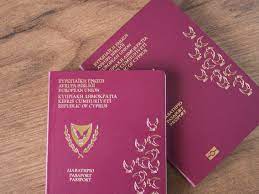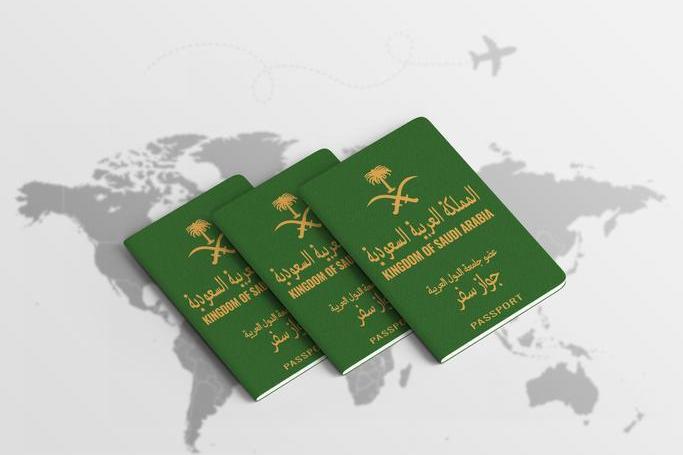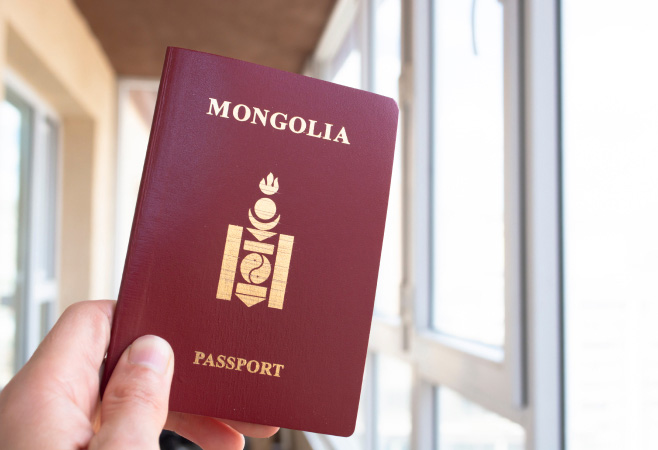Receiving a rejection for your Indian visa application can be disappointing and frustrating, especially when you have eagerly planned your trip to explore India’s rich culture, history, and landscapes. While the exact reasons for visa rejections can vary based on individual circumstances, there are several common factors and considerations to understand:
Common Reasons for Visa Rejection
Incomplete or Incorrect Documentation: One of the most frequent reasons for visa rejection is incomplete or inaccurate documentation. INDIAN VISA REJECTED This could include missing supporting documents such as proof of accommodation, travel itinerary, or financial means to support your stay in India.
Insufficient Financial Means: If you fail to demonstrate sufficient funds to cover your expenses during your stay in India, your visa application may be rejected. It’s crucial to provide bank statements or other evidence that clearly show you can support yourself financially.
Unsatisfactory Travel Purpose: Indian visa authorities assess whether your stated purpose of travel aligns with the visa type applied for. If there are inconsistencies or if they determine that your intentions do not match the visa category (e.g., applying for a tourist visa but providing documentation more suited to a business trip), your application may be rejected.
Previous Immigration Violations: If you have a history of overstaying visas or other immigration violations in India or other countries, this could negatively impact your current visa application.
Security Concerns: In some cases, visas may be rejected due to security concerns or if the applicant’s background check raises flags related to criminal records or potential security risks.
What to Do If Your Visa Is Rejected
Review the Rejection Letter: The rejection letter or email will typically provide specific reasons for the denial. Carefully review these reasons to understand where the application fell short.
Correct the Issues: Address the reasons cited for rejection in your next application. This may involve providing additional documentation, clarifying your travel plans, or rectifying any mistakes made in the initial application.
Seek Guidance: If you are unsure about the reasons for rejection or how to proceed, consider seeking guidance from a visa consultant or legal advisor specializing in Indian visas. They can provide valuable insights and help you prepare a stronger application.
Reapply After Waiting Period: Depending on the specific circumstances of your rejection, you may need to wait before reapplying for an Indian visa. Follow the guidelines provided in the rejection letter regarding the waiting period, if applicable.
Tips for a Successful Reapplication
Double-Check Documentation: Ensure all required documents are complete, accurate, and up-to-date.
Provide Clear and Consistent Information: Make sure your application and supporting documents clearly demonstrate your travel purpose and intentions.
Show Strong Ties to Home Country: Highlight ties to your home country, such as stable employment, family, property ownership, or other commitments that indicate you will return after your visit to India. INDIAN VISA FOR IRELAND CITIZENS
Conclusion
While receiving a visa rejection can be disheartening, it is important to view it as an opportunity to learn and improve your application for the next attempt. By understanding the reasons for rejection, correcting any issues, and following the proper procedures, you can increase your chances of obtaining an Indian visa and fulfilling your travel plans to experience the wonders India has to offer.



